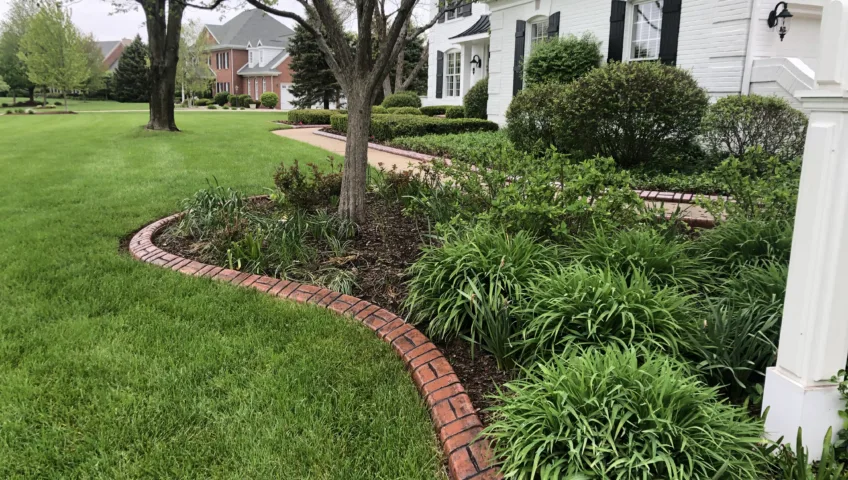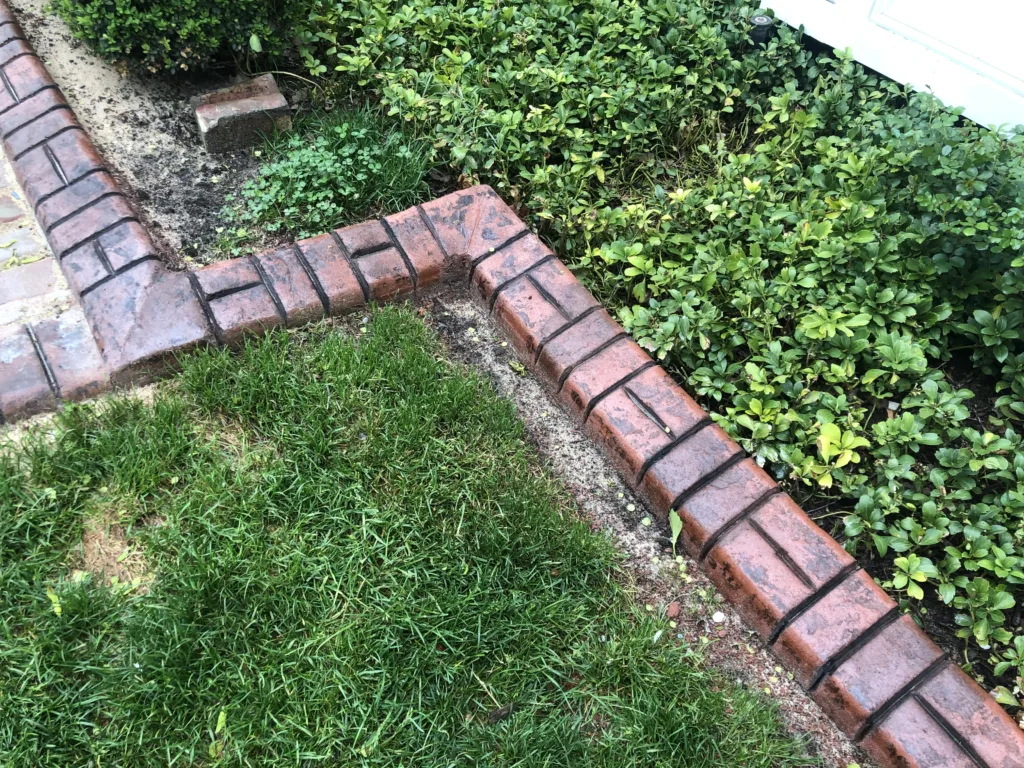Introduction
When enhancing the aesthetics of your home’s exterior, the minutiae matter. One element that homeowners often overlook but greatly influences curb appeal is the curbing design. Choosing the right curbing design can significantly enhance your home’s appeal and value. Here’s a detailed guide to help you make an informed decision.
Understand Your Home's Architectural Style
Every home has a distinct architectural style, whether it’s colonial, modern, ranch, or Victorian. Aligning your curbing design with your home’s architectural style ensures a cohesive and harmonious look. For instance:
Colonial homes often pair well with traditional brick or stone curbing. The timeless appeal of brick complements the home’s classic facade.
Modern homes, with their clean lines and minimalist design, could benefit from sleek concrete curbing, perhaps with a polished or matte finish.
Ranch-style homes, which are typically spread out horizontally, might look best with a more natural, rustic stone curbing to tie into the expansive feel.
Consider the Functional Needs
Beauty should complement utility. Remember:
Drainage: Contoured curbing designs can effectively divert rainwater to desired areas, preventing puddles.
Maintenance: Patterns with intricate details might accumulate more debris. If you’re low on maintenance time, simpler designs might be better.
Safety: Especially in homes with children or the elderly, avoiding sharp-edged designs is prudent.
Dive Deep into Material Choices
Concrete is versatile. It’s crucial to know its potential to make an informed choice:
Stained Concrete: Colors can range from subtle earthy tones to vibrant blues and reds, giving homeowners vast choices.
Stamped Concrete: From mimicking wood to replicating cobblestone, the choices are endless.
Exposed Aggregate: Perfect for those who love a natural, rugged look. Bonus: its slip-resistant nature.
Think Long-Term
Future-proof your investment:
Durability: Designs with deeper grooves might trap water, leading to quicker erosion in rainy areas. On the other hand, they might fare well in arid regions.
Versatility: Trends change. If you’re a trend-follower, neutrals or classic designs might be better since they seamlessly blend with changing landscapes.
Cost: While it’s tempting to opt for high-end designs, it’s crucial to strike a balance to ensure ROI in property value.
Professional Input is Gold
A specialist’s perspective can introduce you to ideas you hadn’t considered:
They bring a fresh perspective, often merging the latest trends with classic designs.
Given their experience, they might warn you against certain designs that don’t fare well in your locality due to climatic conditions or other factors.
The Symbiosis of Plants and Curbing
Color can influence our perceptions, evoke emotions, and either clash or harmonize with the surroundings. When choosing a curbing color:
Consider the dominant colors of your home’s exterior. If your house is a cool shade like blue or gray, you might want a curbing color that complements those tones.
Think about the plants in your garden. Brightly colored flowers might pop best against a neutral curbing color, while a vibrant curbing color might best be paired with green shrubbery or grasses.
Color Psychology in Curbing
Colors evoke emotions. When selecting a color:
Warm Tones (Reds, Oranges): They energize spaces but might make them look smaller. Best for larger gardens.
Cool Tones (Blues, Greens): These can make small spaces look bigger and offer a calm ambiance.
Neutrals (Whites, Grays): Timeless and versatile, they blend with almost all landscapes.
Conclusion
Every detail of your home’s exterior, down to the curbing, contributes to its overall appeal and functionality. With careful consideration of style, material, color, and other factors, homeowners can select a curbing design that not only enhances the beauty of their property but also adds tangible value. By integrating elements like lighting, considering the environment, and adding personal touches, your curbing can stand out as a testament to both style and thoughtful design.


